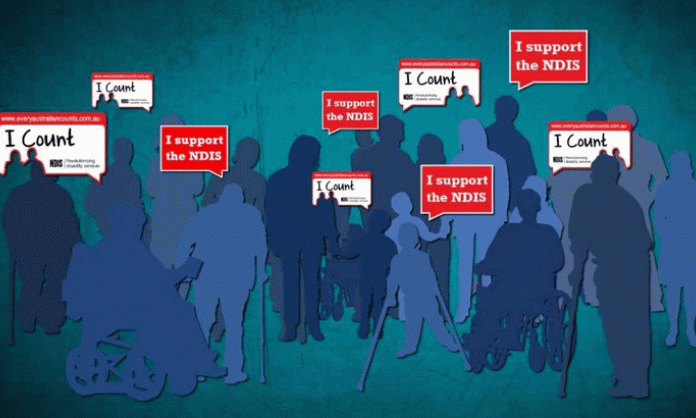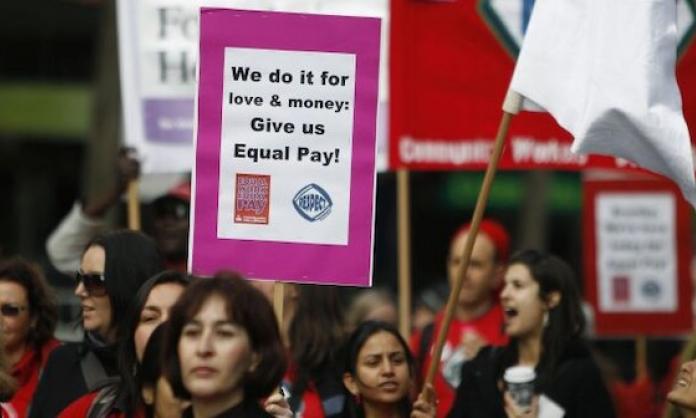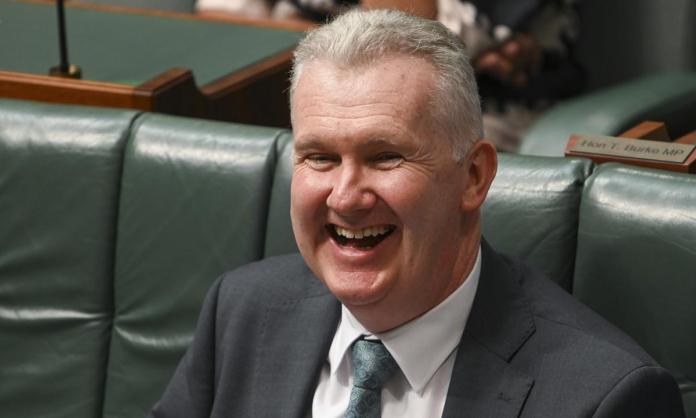DisabilityCare, formerly the National Disability Insurance Scheme (NDIS), has been sold as a historic advance in the provision of disability services in Australia. With its focus on “individualised support”, it’s claimed that the national scheme ushers in a new era of “choice and control” for Australians living with a disability.
At the launch of the Barwon pilot program in Victoria, Liz Manning, the parent of a young woman with a severe disability, articulated the expectations of many: “For us DisabilityCare is about hope for the future, that all members of our family will have the opportunity for meaningful, dignified, manageable and enjoyable lives.”
Unfortunately, these hopes are not likely to be realised. The reality is that DisabilityCare is part of a neoliberal agenda of privatisation, eroding workers’ conditions and commodifying social services.
DisabilityCare is not a scheme for everyone with a disability. DisabilityCare is available only to people with a “significant or profound” disability, as assessed by the government.
Latest figures indicate that nearly 4 million people in Australia have a disability. But the government’s own estimates are that about 410,000, or a little over 10 percent of all people with a disability, will be eligible for DisabilityCare. The government is taking the amount currently allocated to fund the entire disability sector as well as levying the public, and shifting it all into a scheme accessible by only a fraction of the population living with a disability.
Kerry, a mother grappling with the likely impact of the new system, explains some of the concerns about a tick-box approach to eligibility: “My greatest fear is that it won’t be enough. I fear children just like mine will continue not to receive help because they are not ‘disabled enough’ or don’t fit a neat criteria box.”
A key feature of DisabilityCare is that each person will be allocated an individual budget to manage. John Della Bosca, from the lobby group Every Australian Counts, says that the budget will provide for “whatever is necessary for people to normalise their life”. This is total bollocks.
The scheme has also created positions called “planners” who will “work closely with each participant to identify what current and future supports are required to make progress with a person’s goals”. In practice, the job of the planners is to ensure that the support DisabilityCare “participants” receive is “reasonable and necessary” according to criteria set by the government. In this scheme, participants can make a “choice” as long as the government deems it is the right choice. The planners are the cornerstone of a new bureaucratic layer established to administer the scheme.
Workers’ rights
More than 75 percent of workers in the disability support sector are categorised as “non-professional”. Low wages are characteristic of the sector, and this looks set to get worse under DisabilityCare.
DisabilityCare emphasises a move to industry-based competition in the multi-billion dollar disability and services care sector. To survive, organisations will be competing with each other for clients and their individual funding allocation. Only the largest and fiercest competitors will survive. As services battle to undercut each other, workers’ wages will be one of the first things they try to slash.
In the pilot programs rolled out so far pay, the first wages offer by the federal government was up to 15 percent less than workers currently receive.
Bosses in the sector are openly talking about DisabilityCare as a “new frontier” for the disability service provision business model. The plan is for an “inefficient and costly” permanent workforce to be replaced with “a more flexible workforce model where peaks and troughs in service provision can be accommodated with little additional cost”, according to Gaynor Lowndes, who runs HomeCare Australia. She advises services readying for the new era to expect to “lose at least 25 percent of your current staff who will not embrace the new company values” dictated by DisabilityCare.
This is what the scheme is really about: competition and market forces. It is not about more choice; the already dwindling choice will shrink in an open market. It will not provide important resources that people with disabilities require to have a better quality of life, like access to public transport, housing, communication technologies and adequate income support.
It is a bogus neoliberal counter-reform. In the words of Simon Duffy from the UK Centre of Welfare Reform, “I think that Australia is in danger of building the world’s worst system of individualised funding.”
[Lana works in health and disabilities services.]








